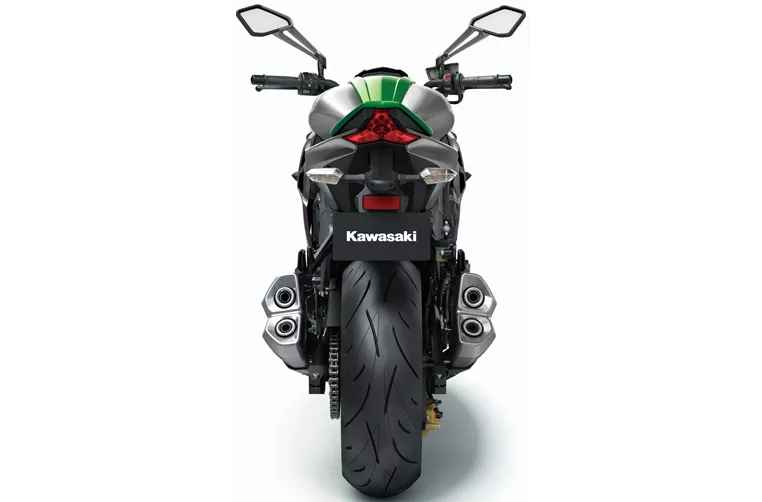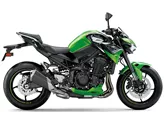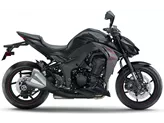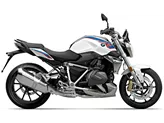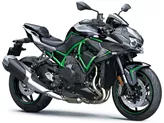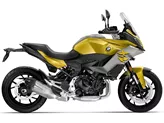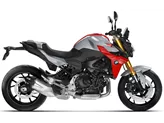BMW R 1200 R 2015 vs. Kawasaki Z1000 2014
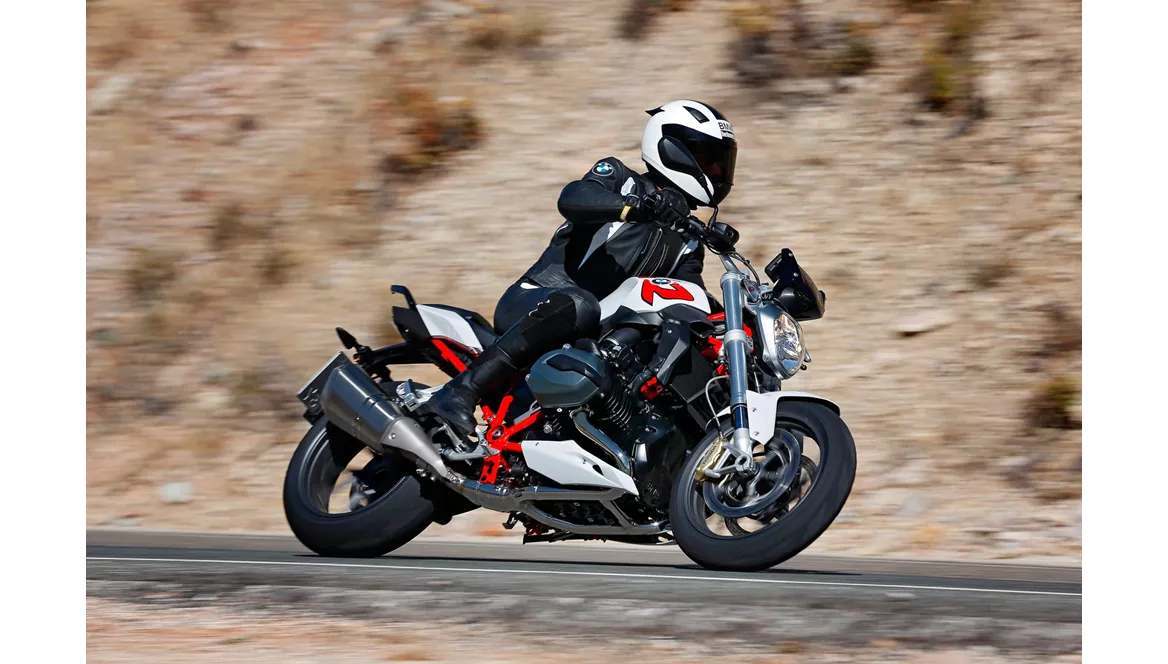
BMW R 1200 R 2015

Kawasaki Z1000 2014
Преглед - BMW R 1200 R 2015 vs Kawasaki Z1000 2014
The BMW R 1200 R model year 2015 and the Kawasaki Z1000 model year 2014 are both naked bikes that offer a sporty riding experience. However, there are several differences between the two models that set them apart.
In terms of engine specifications, the BMW R 1200 R is equipped with a Boxer engine that delivers 125 horsepower and 125 Nm of torque. On the other hand, the Kawasaki Z1000 features an inline four-cylinder engine that produces 142 horsepower and 111 Nm of torque. While the BMW has a smaller displacement of 1170cc, the Kawasaki has a larger displacement of 1043cc. This means that the Kawasaki offers more power and torque, which may appeal to riders looking for a more aggressive and thrilling ride.
In terms of cooling systems, the BMW R 1200 R uses air cooling, while the Kawasaki Z1000 utilizes liquid cooling. Liquid cooling is generally more efficient and allows the engine to maintain a more consistent temperature, which can be beneficial for performance and longevity.
Both bikes have front suspensions, with the BMW R 1200 R featuring a telescopic fork and the Kawasaki Z1000 equipped with an upside-down telescopic fork. The choice of suspension may affect the handling and comfort of the bike, with the upside-down fork potentially offering better performance in terms of stability and responsiveness.
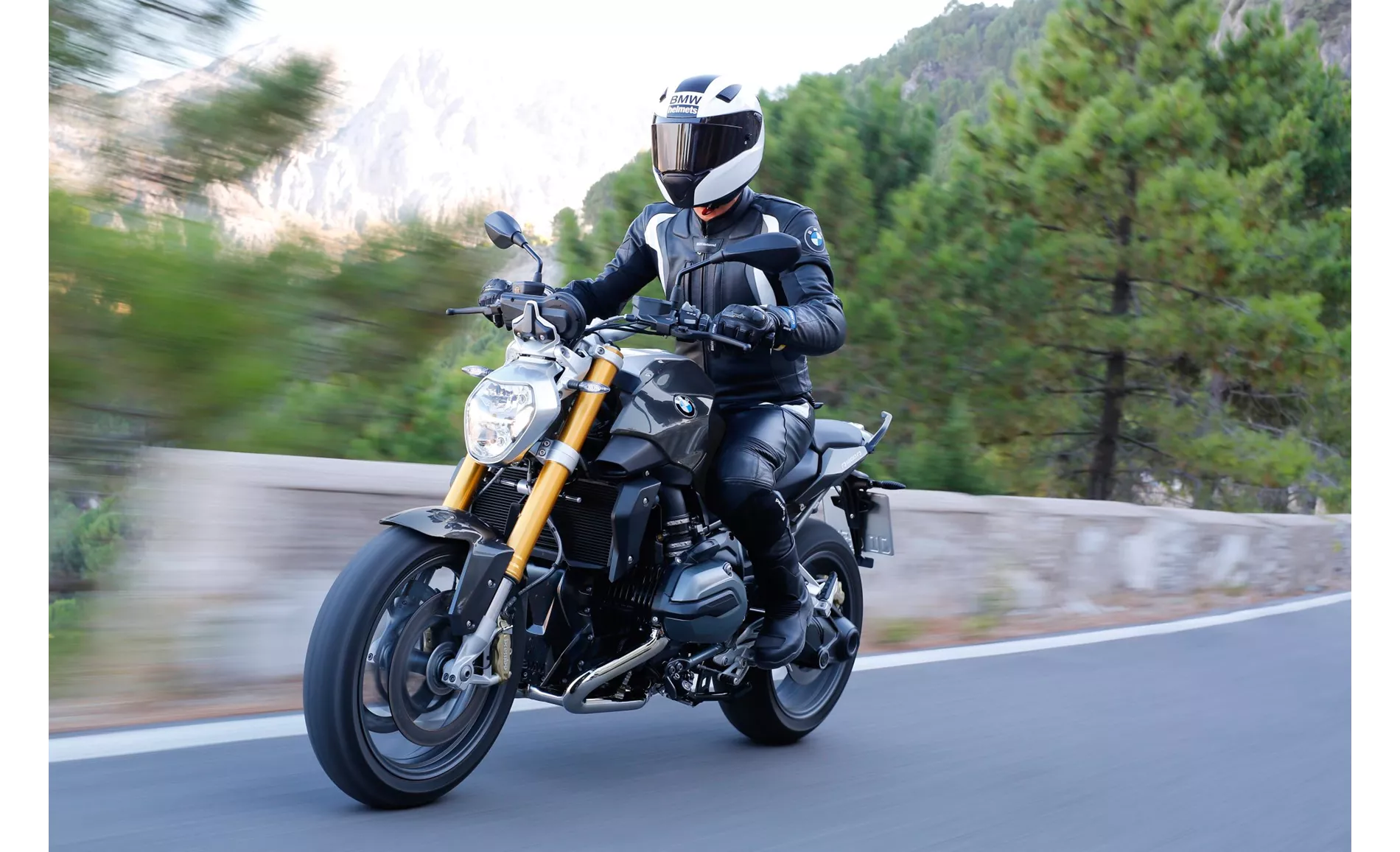
BMW R 1200 R 2015
In terms of frame construction, the BMW R 1200 R has a steel frame that is load-bearing, while the Kawasaki Z1000 features an aluminum frame that is a double cradle design. The choice of frame material and design can impact the overall weight and stiffness of the bike, which can affect the handling and maneuverability.
Both bikes have double disk front brakes with four pistons, but the BMW R 1200 R utilizes radial technology, while the Kawasaki Z1000 features radial and Petal technology. The use of radial technology can provide better braking performance and control.
In terms of tire dimensions, both bikes have a front tire width of 120mm and a diameter of 17 inches. However, the BMW R 1200 R has a rear tire width of 180mm, while the Kawasaki Z1000 has a wider rear tire width of 190mm. The wider rear tire on the Kawasaki may offer better traction and stability during cornering.
The BMW R 1200 R has a wheelbase of 1515mm, while the Kawasaki Z1000 has a slightly shorter wheelbase of 1435mm. A longer wheelbase can provide better stability at higher speeds, while a shorter wheelbase can offer more maneuverability and agility.
In terms of seat height, the BMW R 1200 R has a lower seat height of 790mm, while the Kawasaki Z1000 has a higher seat height of 815mm. The choice of seat height may depend on the rider's preference and comfort.

Kawasaki Z1000 2014
Both bikes have different fuel tank capacities, with the BMW R 1200 R having a larger capacity of 18 liters, compared to the Kawasaki Z1000's 15 liters. This means that the BMW may offer a longer range before needing to refuel.
In terms of strengths, the BMW R 1200 R has a sporty look, a powerful engine, a comfortable seating position, and comes standard with ABS and traction control. It also offers two riding modes, allowing riders to customize their riding experience. On the other hand, the Kawasaki Z1000 has a sophisticated design, extremely pleasant handling, a pleasant sound, and good brakes.
However, the BMW R 1200 R does have some weaknesses, such as many cool features being available at an extra cost and a poorly readable rev counter. On the other hand, the Kawasaki Z1000 has a higher purchase price compared to the S1000R, which may be a drawback for some potential buyers.
In conclusion, both the BMW R 1200 R 2015 and the Kawasaki Z1000 2014 have their own unique features and strengths. The BMW offers a powerful engine and a comfortable riding position, while the Kawasaki provides a more aggressive design and excellent handling. Ultimately, the choice between the two will depend on the rider's personal preferences and priorities.
Техничке спецификације BMW R 1200 R 2015 у поређењу са Kawasaki Z1000 2014
За и против у поређењу
За и против у поређењу
BMW R 1200 R 2015

Föregångaren kunde redan köras både sportigt och övertygande på turer, den nya R 1200 R kan göra ännu mer - tack vare packboxsystemet (naturligtvis mot extra kostnad) är resor fortfarande inget problem, men den behärskar sport ännu bättre. Tack vare den nu delvis vattenkylda tvåcylindriga boxermotorn är den underbart smidig - 125 hk kanske inte verkar så mycket på papperet, men motorn driver otroligt och beter sig dessutom på ett kultiverat sätt. Chassit och bromsarna får också höga poäng och sittpositionen är sportig och upprätt, vilket täcker ett brett spektrum från underbart kul till långväga touring. Tyvärr förstår BMW också tricket med tilläggslistan perfekt. Grundmodellen är välutrustad med ABS som kan avaktiveras, traction control som också kan avaktiveras och två körlägen, men många intressanta gimmicks är nästan obligatoriska - och driver naturligtvis upp priset rejält.
Kawasaki Z1000 2014

The Kawasaki Z1000 (2014) is a statement against the electronic trend of its time - and that is exactly what makes it special today. Its characterful four-cylinder engine, mechanical directness and uncompromising focus on the essentials strike a chord in a time when many bikes have become rolling computers. Yes, it does without modern Advanced Rider Assistance Systems and perfect wind protection. But it offers an authentic naked bike riding experience, paired with Japanese reliability and reasonable maintenance costs. The Z1000 is not a bike for data sheet junkies or electronics fans - it is a bike for people who still want to make their own decisions when rider. An honest bike with character that continues to inspire even after years and more than fulfils its role as an emotional alternative to the digital modern age.
Поређење цена Просечна тржишна цена BMW R 1200 R vs Kawasaki Z1000
There are a few key differences between a BMW R 1200 R 2015 and a Kawasaki Z1000 2014. In terms of price, the actual average price of a BMW R 1200 R 2015 is about 17% higher. A BMW R 1200 R 2015 experiences a loss of 980 USD in one year and 620 USD in two years of ownership. This is offset by a loss of 660 USD and 490 USD for a Kawasaki Z1000 2014. Compared to Kawasaki Z1000 2014 there are more BMW R 1200 R 2015 bikes available on the 1000PS.de Marketplace, specifically 23 compared to 12. It takes less time to sell a BMW R 1200 R with 69 days compared to 75 days for a Kawasaki Z1000. Since model year 2007 1000PS.de editors have written 27 reviews for the BMW R 1200 R and 41 reviews for the Kawasaki Z1000 since model year 2005. The first review for the BMW R 1200 R was published on 7/7/2006 and now has more than 14,900 views. This compares to more than 5,800 views for the first review on Kawasaki Z1000 published on 9/2/2002.

